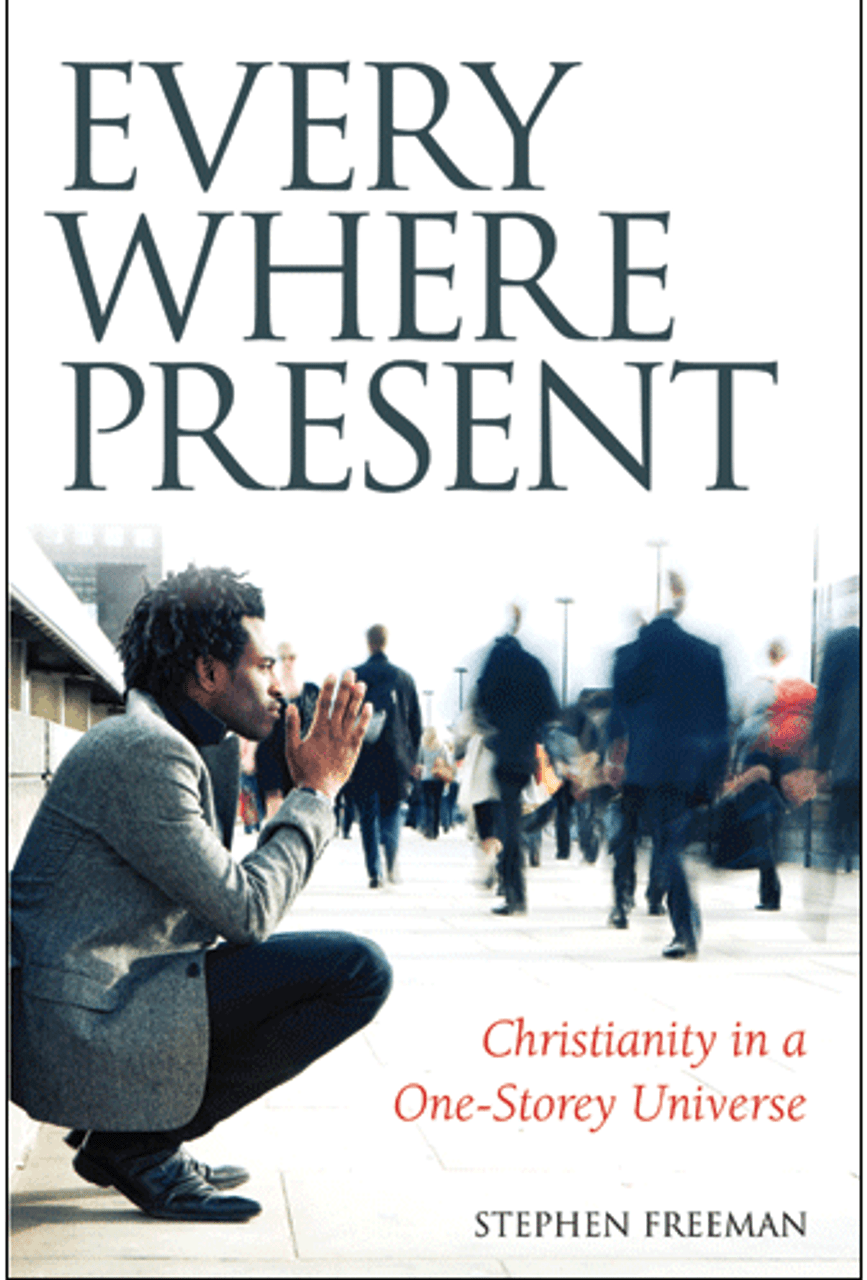Any student of Church history should be well aware that there has been no century in which the Christian faith was safe, untroubled and not in crisis. To a certain extent, the Cross will always bring Christians into crisis. However, these are some thoughts on the present and some aspects of the crisis in which we live (at this moment in history).
+++
 One of the larger crises facing modern Christians is the disappearance of the Christian Church. Protestant denominations are not the same thing as “the Church” and have never had a self-understanding that could properly be called “Church.” Historically they have been, more or less, Christian organizations with certain “Churchly” aspects. The first crisis of Protestantism was the existence of other Protestants. In England (where the standard Protestant expression was Anglicanism), the question became, “What do we do about presbyters (clergy) ordained outside of the Anglican Church?” Various answers were presented. Some demanded re-ordination – others not. So long as various groups stayed within their own original boundaries (Lutherans in Germany, Calvinists in Switzerland, Holland and Scotland, Zwinglians in their corner of Switzerland, etc.) everyone could pretend that they were the “Protestant Church.” A crisis was born in the realization that Sola Scriptura (and other Reformation principles) created more problems than it solved. Various solutions arose. The American solution became the primary model: let the Church disappear as an important category in theology. Thus the “invisible Church” was born. The Church exists “invisibly” and is only known to God. All ecclesiastical boundaries are simply man-made notions, with no theological significance. Thus, the Church, instituted by Christ and of primary importance in the New Testament (to whom were the Epistles written?), becomes a non-entity, or a Second-Storey entity at best.
One of the larger crises facing modern Christians is the disappearance of the Christian Church. Protestant denominations are not the same thing as “the Church” and have never had a self-understanding that could properly be called “Church.” Historically they have been, more or less, Christian organizations with certain “Churchly” aspects. The first crisis of Protestantism was the existence of other Protestants. In England (where the standard Protestant expression was Anglicanism), the question became, “What do we do about presbyters (clergy) ordained outside of the Anglican Church?” Various answers were presented. Some demanded re-ordination – others not. So long as various groups stayed within their own original boundaries (Lutherans in Germany, Calvinists in Switzerland, Holland and Scotland, Zwinglians in their corner of Switzerland, etc.) everyone could pretend that they were the “Protestant Church.” A crisis was born in the realization that Sola Scriptura (and other Reformation principles) created more problems than it solved. Various solutions arose. The American solution became the primary model: let the Church disappear as an important category in theology. Thus the “invisible Church” was born. The Church exists “invisibly” and is only known to God. All ecclesiastical boundaries are simply man-made notions, with no theological significance. Thus, the Church, instituted by Christ and of primary importance in the New Testament (to whom were the Epistles written?), becomes a non-entity, or a Second-Storey entity at best.
Today this crisis has moved past the temporal manifestation of denominations. Mainline Churches are becoming akin to shopping malls – impressive in their time and all the more sad as they stand empty or irrelevant. Why someone might be Anglican or Presbyterian, etc., is now nothing more than a taste preference. The current manifestation of Protestant “Church” is well-represented by so-called mega churches. Driven by the marketing of Christianity, these organizations are self-defined in a manner that embraces the market as never before. They are today’s upscale malls in comparison to earlier years’ empty shells. Their own emptiness is inevitable.
At the same time that the Church has become glaringly obsolete in Protestant circles, authority itself has disappeared. There is no Protestant theological system that can command sufficient loyalty to support a local mega church. There exists an “evangelical consensus” in American society. Like every consensus, such agreement is simply part of the ephemera of popular culture. Its significance is only as a barometer or wind vane.
The tragedy in this crisis is primarily spiritual – for the Church is not an optional Christian reality. There is no authentic Christianity apart from Church. As difficult as it may be for some to accept – the Church is what the Christian life looks like. It is possible to “extract” a form of Christianity from within the New Testament and make of it a private practice – but this is a misuse of Scripture. The New Testament is the Church’s book from beginning to end.
The churchless Christianity of the modern world creates distortions within the spiritual life. These distortions are so wide-spread that they are frequently found within the lives of those within the Church itself. Authentic Christian life is inherently communal, and cannot be lived apart from the “other.” “My brother is my salvation,” in the words of the fathers.
The Jesus of popular salvation narratives is sometimes a stranger to the Church. “To accept Jesus as Lord and Savior,” as part of a private spirituality can be a very serious distortion of the Jesus revealed to us in Scripture. It is not necessarily a conscious rejection of Christ as He is revealed in Scripture. However, the cultural version of the private Jesus frequently has little relation with Christ as classically taught.
The weakness of a Churchless Christianity can also be seen in its inability to engage the culture. Private spirituality is culturally meaningless. Only a community of practice can transform a culture (though this is not necessarily a primary goal of the Church). But with the absence of a transforming Christian practice, an already secular culture will only pass more deeply into the twilight of a secular order.
In short summary: the Christian Crisis is the growing disappearance of the Church as anything more than a loose affiliation of individual believers. It is the triumph of consumerism over ecclesiology. Those communities where Church remains essential (Orthodox, Roman Catholics) will not (and do not) escape the struggle engendered by the crisis. The willingness of Christians to embrace a community of practices – will be the great test of our time.
In the short term, keep Lent like your life depended on it.






Leave a Reply